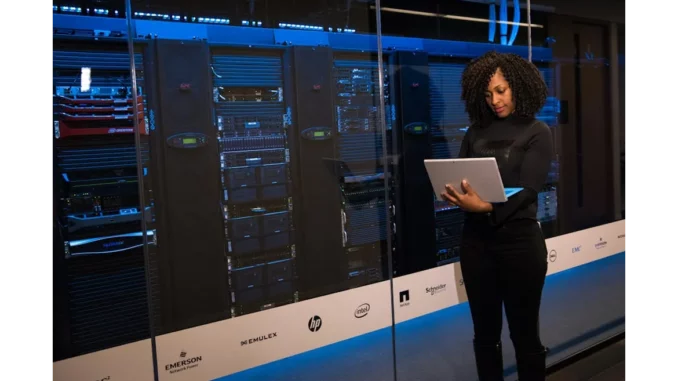
Last week marked a pivotal moment in the evolution of digital health, as the United States Food and Drug Administration’s (FDA) newly established Digital Health Advisory Committee (DHAC) convened for its inaugural meeting. The committee, though newly formed, has already set a clear agenda with a comprehensive document that underscores its intent to oversee the lifecycle of medical devices powered by Generative AI (GenAI). To gain deeper insights into this development, I engaged in a discussion with Dr. Sarah Mitchell, a distinguished regulatory affairs specialist who participated in the meeting. Our conversation illuminated the FDA’s forward-thinking stance and the broader implications of GenAI in the healthcare sector.
Dr. Mitchell described the meeting as a blend of anticipation and urgency. “There was a palpable sense of responsibility among the committee members,” she observed. “Everyone recognised the magnitude of the task before them—ensuring that as these GenAI technologies evolve, they do so safely and effectively.” At the core of the DHAC’s mission is its commitment to a Total Product Life Cycle (TPLC) strategy, a concept firmly embedded in the FDA’s regulatory framework. The TPLC approach ensures continuous oversight of medical devices from their initial development through their entire market life, a necessity given the dynamic nature of GenAI-enabled devices, which can iterate and improve in unforeseen ways.
The FDA’s document elaborates on the pivotal role of the AI Lifecycle template in managing these GenAI-enabled devices. Dr. Mitchell explained that this template serves as a roadmap for manufacturers, guiding them on how to develop and refine their devices while adhering to regulatory standards. “It’s not merely about compliance,” she emphasised. “It’s about fostering innovation in a secure, controlled manner.” This approach is critical, given the capability of GenAI models to generate synthetic content by mimicking the structure of input data, a revolutionary feature that presents unique regulatory challenges. “The unpredictability of GenAI can be a double-edged sword,” Dr. Mitchell noted. “While it can adapt and solve problems beyond the scope of traditional AI, it also introduces levels of uncertainty that complicate regulatory oversight.”
One of the significant concerns discussed during the meeting was the nature of GenAI models as foundational models. These models are trained on extensive datasets and can be applied across a variety of AI applications. Dr. Mitchell highlighted the importance of understanding this aspect, stating, “If a foundation model is used in a medical device, it falls under the FDA’s regulatory jurisdiction. This requires a nuanced understanding of both the model and its intended application.” Furthermore, she warned of the potential pitfalls manufacturers might encounter when integrating GenAI into medical devices. “Deploying GenAI in situations where it might not be suitable is a substantial risk,” she cautioned. “Manufacturers must thoroughly assess whether GenAI is the optimal solution for their specific use case. Failure to do so could result in FDA rejection or, more critically, endanger public health.”
As the FDA continues to fine-tune its approach, it underscores the need for new performance evaluation methodologies tailored to the specific challenges posed by GenAI. “The FDA is essentially paving the road as it drives,” Dr. Mitchell remarked. “They’re developing new metrics and standards that can accommodate the dynamic nature of these technologies.” This proactive stance is crucial as the healthcare industry navigates the complexities introduced by GenAI.
Reflecting on the broader implications of the DHAC’s work, Dr. Mitchell expressed optimism. “The establishment of this committee is a testament to the FDA’s dedication to innovation,” she stated. “It’s about achieving a balance between fostering technological advancement and ensuring safety and efficacy. It’s a delicate dance, but one that’s absolutely necessary.” As the DHAC forges its path, the healthcare landscape watches with great interest. While the journey ahead is fraught with challenges, it also holds immense promise. GenAI has the potential to revolutionise healthcare, and with vigilant oversight from the FDA, it may do so to the benefit of all.


Be the first to comment